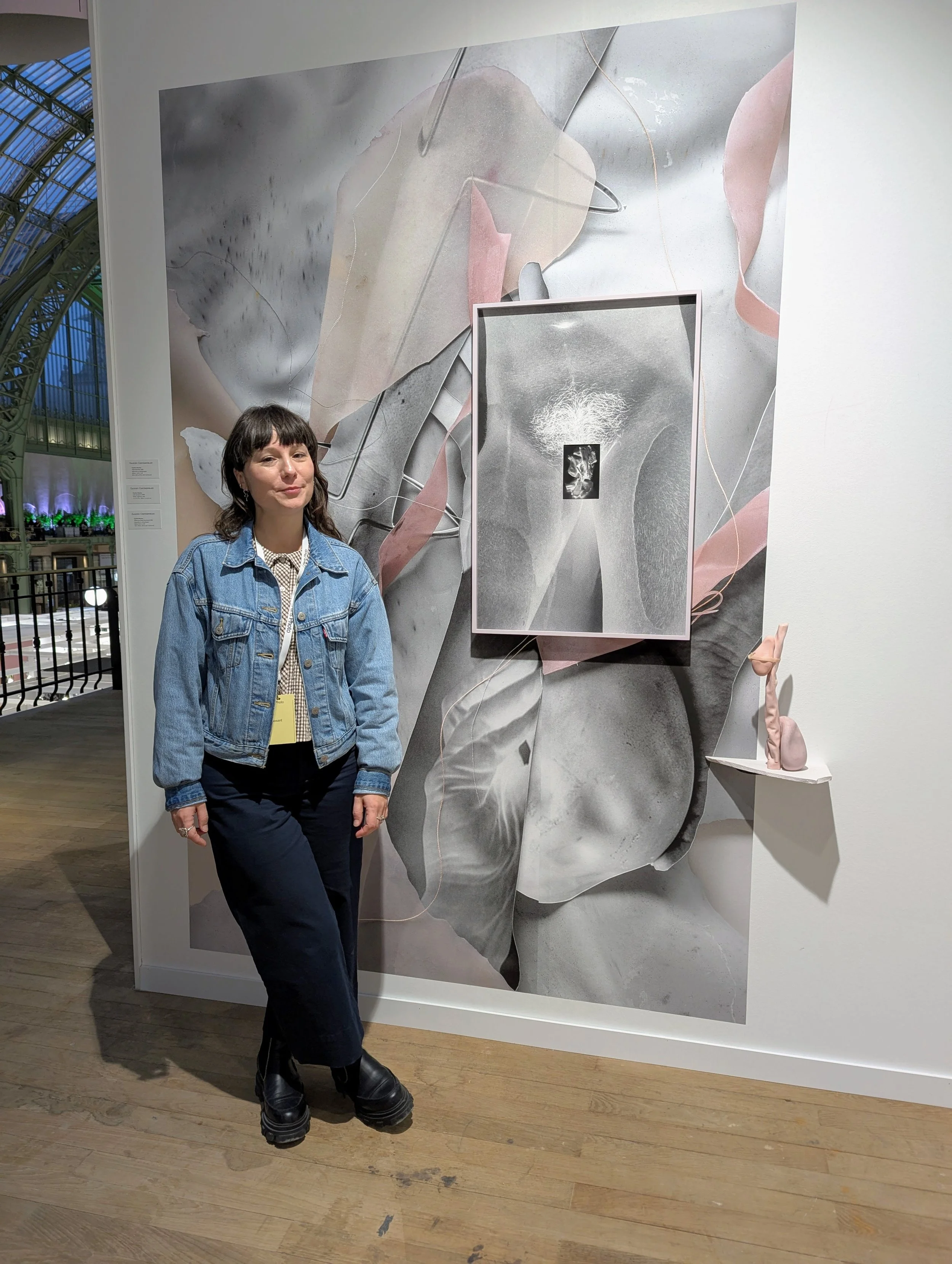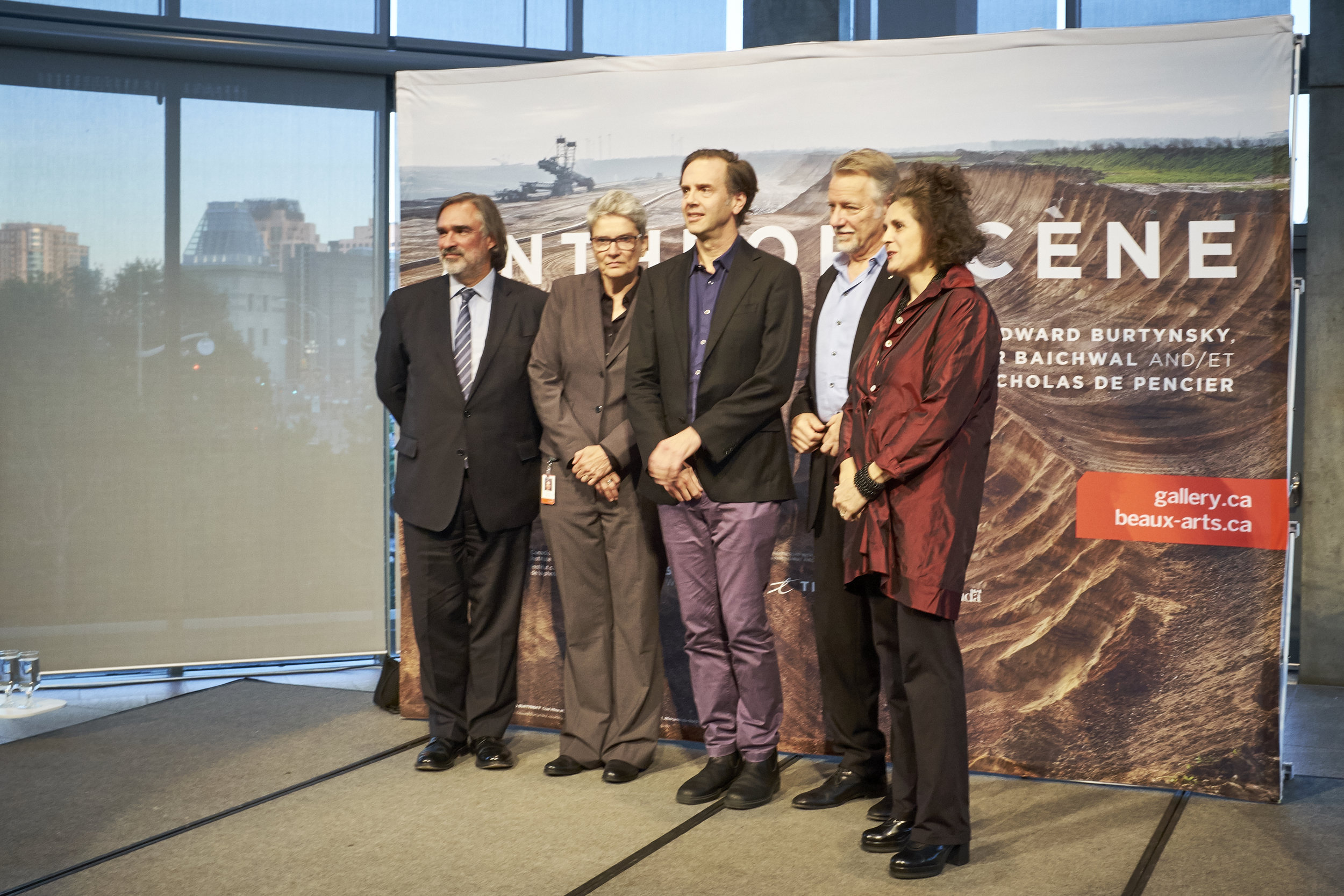NOTE: this post originally appeared on the blog of PhotoED Magazine at Paris Photo 2024
“This is massive.”
That was my first thought as I entered the Grand Palais for the preview of Paris Photo 2024, the night before the fair was to begin officially. And my opinion didn’t change over the four-day run from November 7-10. There is just no way to avoid being overwhelmed by the scale of the show, the quality of work on display, and the talent this event attracts.
Not only is there an enormous amount of work to see and talks to attend under one roof (the Grand Palais itself), but there are also many nearby events and venues where you can buy photobooks and see more work by both the well- and less-known. Only a handful of cities in the world can put on a show like this, and Paris is certainly in the front rank.
You can brush shoulders with Ed Burtynsky and David Company at the Palais, listen to photographic artists like Debi Cornwall and Max Pinckers discuss their new books, and then wander a few minutes away to the Polycopies book sale aboard a barge anchored on the banks of the Seine and ask Todd Hido to sign a copy of his latest for you (I know I did). If that’s not enough, you can venture only slightly further afield to the Offprint photobook salon at Pavillon de l’Arsenal, or hop over to the fringe-y event put on by Réseau LUX and have your portfolio reviewed and see interesting work displayed in a venue that certainly cost less than a booth at the Grand Palais.
Always keeping an eye out for Canadian content, it was good to see ESSE magazine represented at several venues, not only at Paris Photo but also at the Jeu de Paume (where Tina Barney and the late Chantal Akerman had retrospectives).
And it was particularly enjoyable to spend some time talking to Montreal-based artist Caroline Mauxion, who was showing work in the booth belonging to Zalucky Contemporary, the Toronto gallery that represents her. Born and raised in France, Caroline completed her MFA at the Université du Québec à Montréal and is now well into her PhD program there. Her ongoing work is an exploration of her own experience of extended orthopedic treatments through a compelling hybrid practice comprising photography, collage, and sculpture.
Caroline describes the work as a way to help her reappropriate her own body, its strengths, and its sexuality. While the act of photographing can sometimes distance, the inclusion of collage recalls the cutting and reshaping of her own body, and the sculptural elements rendered in muted pinks and greys reference bone and ligament, and are themselves formed from metal rods, plastic, and plaster—the basic toolkit of the orthopedic surgeon. Inverted black and white images bring x-rays to mind and flip the shadows of treatment for light and hope. The colour palette and the technique combine to speak of the feminine and the mechanical in a way that invites the viewer to reflect on the body’s vulnerabilities and strengths, and Caroline’s own journey that is still touched by chronic pain. Altogether, a human and thoughtful body of work that draws on a worked—and working—body.
Caroline Mauxion’s work also served to highlight for me a final impression from Paris Photo 2024: little cutting-edge work now relies on ‘straight photography.’ Even documentary, with a clear line of sight back to the origins of the medium, draws today on a rich brew of images, artifacts, physical objects, archival material, and imagined and re-enacted scenes. And that is before we begin to acknowledge the wave of digital imagery and AI-based scenes that towers over us. It was all well-represented in Paris and challenges us to consider again photography’s perpetually loose relationship to ‘the truth,’ alongside a rich new set of tools, techniques, and tales.
Yes, it’s massive. And it’s exciting.












